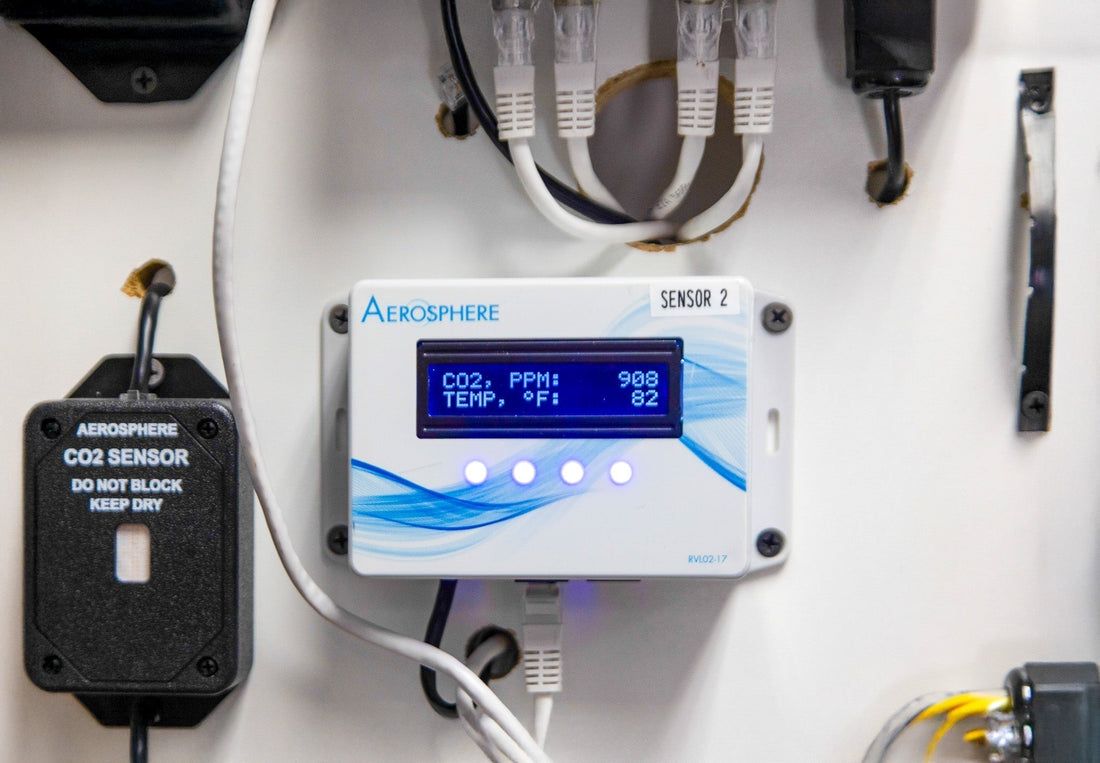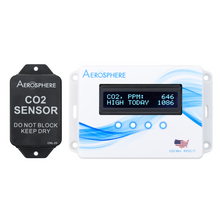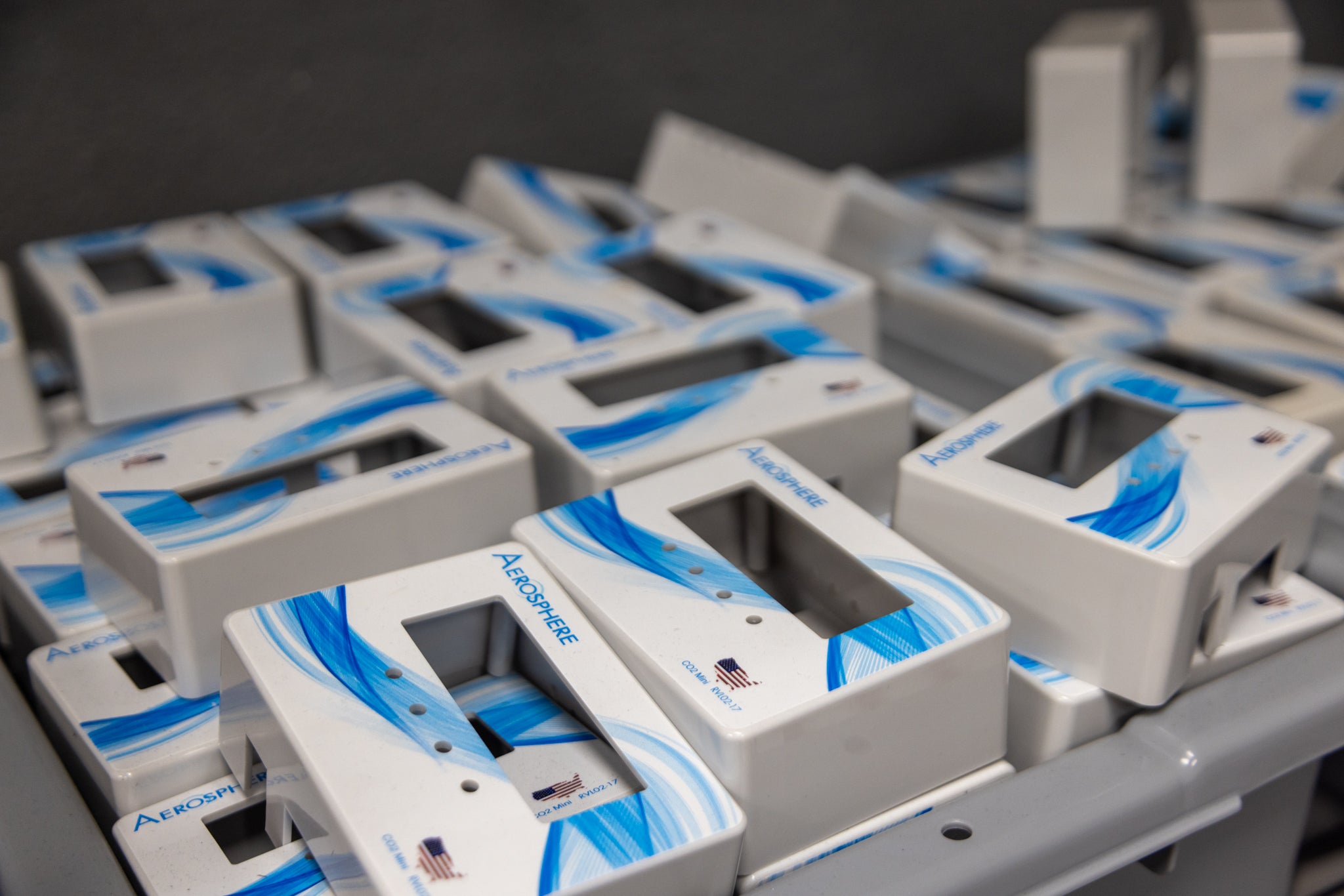Understanding CO2 Monitoring: The Role of Carbon Dioxide Sensors
Discover how CO2 sensors work, their importance in air quality monitoring, and the various types available, including NDIR sensors and their pricing.

Understanding CO2 Monitoring: The Role of Carbon Dioxide Sensors
In an era where indoor health and air quality are at the forefront of public concern, ensuring optimal air conditions has become non-negotiable. According to the U.S. Environmental Protection Agency (EPA), indoor air can be two to five times more polluted than outdoor air. One of the most significant indoor air quality indicators is carbon dioxide (CO2). Elevated CO2 levels can impair decision-making and cause fatigue, making continuous CO2 monitoring essential.
What Is a CO2 Sensor?
A CO2 sensor is a device designed to detect the concentration of carbon dioxide in the air. The American Society of Heating, Refrigerating and Air-Conditioning Engineers (ASHRAE) states that maintaining indoor CO2 levels below 1,000 parts per million (ppm) is crucial for occupant health and comfort. High CO2 concentrations can lead to symptoms like dizziness, drowsiness, and headaches. CO2 sensors help maintain healthy levels by triggering ventilation systems or alerting building managers when thresholds are exceeded.
How Is CO2 Measured?

CO2 is most commonly measured using Non-Dispersive Infrared (NDIR) sensor technology. NDIR sensors operate by sending an infrared beam through a gas sample. Since CO2 molecules absorb specific wavelengths of infrared light, the sensor detects how much light is absorbed and calculates the CO2 concentration accordingly. This method is known for its accuracy, long life, and low maintenance requirements, making it the standard in many professional monitoring systems.
Types of CO2 Sensors
Several sensor technologies are used to measure CO2, each with distinct advantages:
- NDIR Sensors: NDIR sensors are the most reliable and widely used CO2 sensing technology in commercial and industrial environments. They offer high precision and are unaffected by the presence of other gases.
- Electrochemical Sensors: Often used for other gases like carbon monoxide or ozone, electrochemical sensors have a limited lifespan when applied to CO2 and are generally less accurate due to their need for calibration more often and sensitivity to varying conditions in the environment.
- Solid-State Sensors: These are less common but are being explored for cost-effective CO2 monitoring. They generally require frequent calibration and can be less accurate than NDIR systems.
CO2 Sensor Pricing
The price of a CO2 sensor varies significantly depending on technology, features, and brand. Basic CO2 detectors can start at around $100, while sophisticated, real-time monitoring systems can cost upwards of $1,000.
Key factors that influence pricing include:
- Sensor Type: NDIR sensors tend to be more expensive than other types due to their precision and longevity.
- Data Logging: Advanced models that offer real-time logging, cloud connectivity, and app integration command higher prices.
- Build Quality and Warranty: Reputable brands often include extended warranties and superior customer support, which can increase upfront cost but offer long-term value.
Why CO2 Monitoring is Essential
Monitoring indoor CO2 levels isn't just a luxury—it’s a necessity. According to Harvard University’s Healthy Buildings program, better air quality, especially lower CO2 levels, correlates with higher cognitive performance. Workers in well-ventilated offices perform better on cognitive tasks compared to those in poorly ventilated spaces.
Additional reasons for CO2 monitoring include:
- Health Protection: According to the OSHA, CO2 concentrations above 5,000 ppm over an 8-hour workday can be hazardous to health. Continuous monitoring helps prevent such exposures and even overexposures.
- Comfort and Productivity: A well-ventilated space not only feels fresher but also keeps occupants more alert and productive. This is especially vital in high occupant indoor environment, including classrooms, offices, and medical facilities.
- Safety Integration in the Workplace: Integrating CO2 monitoring with HVAC systems allows for demand-controlled ventilation, improving energy efficiency by adjusting airflow based on real-time CO2 levels. In settings like restaurants and grow houses where CO2 is actively used, this also provides a vital safety measure by detecting leaks and triggering ventilation to protect occupants.
The Role of the Aerosphere® CO2 Monitoring System
For those seeking a robust, modern solution for indoor CO2 air quality management, the Complete Aerosphere® CO2 Monitoring System Kit from CO2 Monitoring, LLC delivers high performance with professional-grade reliability. The system includes the Aerosphere® RVL01-17 and Gas Sensor Probe, which utilizes advanced NDIR technology for accurate detection, real-time monitoring, and customizable alarm thresholds. Designed to meet the needs of residential, educational, and commercial environments, it offers seamless data visualization, expandable coverage for large facilities, and an intuitive user interface in a sleek, compact form factor.
Proudly designed, engineered, and manufactured in Las Vegas, the Aerosphere® system is built to the highest safety and quality standards. It is fully compliant with the following regulatory and safety frameworks:
- International Fire Code (IFC) 2018 Edition
- NFPA 55: Compressed Gases and Cryogenic Fluids Code
- NBIC: National Board Inspection Code
- NRTL Listed to UL Standard 61010-1
- Manufactured in an ISO 9001 certified facility
Whether monitoring a single room or scaling across a large campus, Aerosphere® delivers peace of mind through intelligent environmental monitoring and trusted engineering.
Conclusion
According to experts across environmental health, engineering, and building science, CO2 monitoring is no longer optional—it’s foundational to creating safe and efficient indoor environments. Whether you’re managing an office, school, factory, or home, investing in a high-quality CO2 gas detection system like the Aerosphere® can dramatically improve air quality, comfort, and energy use.
With health, productivity, and sustainability all linked to indoor air quality, now is the perfect time to integrate smart CO2 monitoring into your space.



